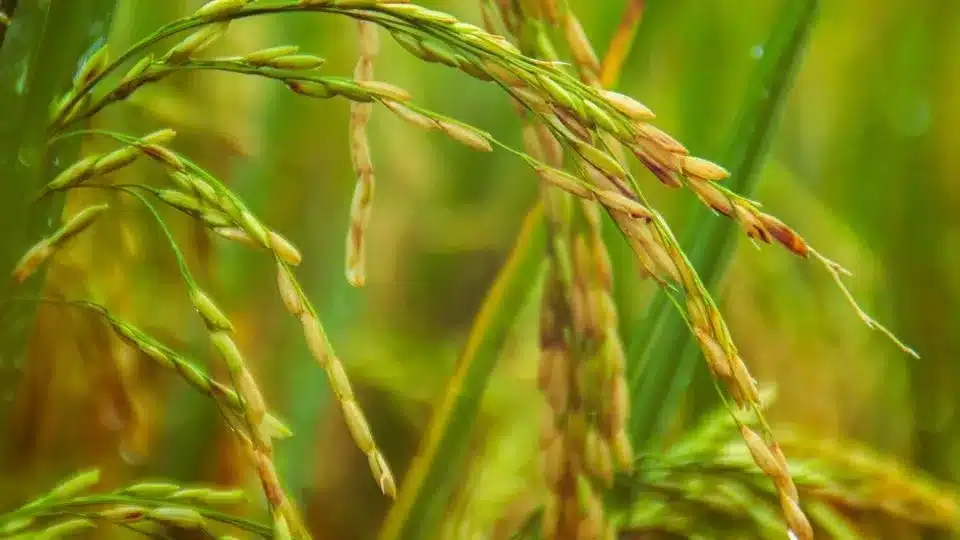Tags
El Niño won’t necessarily spell doomsday to rice farmers, says DA
MANILA -Amid the perceived impact of El Niño on the domestic food supply, the Department of Agriculture (DA) said the weather phenomenon could even increase yield for some crops such as rice.
“When the El Nino is preceded by normal to above-normal rain, this allows water reservoirs to stock enough water for irrigation. Sunny weather brings higher palay (unhusked rice) yields and better milling recovery from better quality palay harvest,” the agency said.
However, the DA said water-deficient areas at the tail-end of irrigation and rain-fed areas may be negatively impacted by the El Niño phenomenon.
“When El Niño is weak to moderate, such as the occurrences in 2002, 2004, and 2007, this may lead to increased production, while the weak El Niño of 2019 caused declines in output in non-irrigated areas while production in irrigated rice fields increased,” said Agriculture Undersecretary Leocadio Sebastian said.
So far, the Philippine Atmospheric, Geophysical and Astronomical Services Administration has been forecasting moderate to strong El Niño by December this year.
“This should not indicate a doomsday scenario for the rice sector, depending on the amount of rainfall and water reserves accumulated in the dams and reservoirs for the 2024 dry season,” it said.
Risk mapping
The Philippine Rice Research Institute (PhilRice), the research and development arm of the DA, is developing risk maps to minimize the adverse effect of the phenomenon.
PhilRice Deputy Director for Development Karen Barroga said the agency had been disseminating satellite-based data of rice area, production and yield to local government units and DA regional field offices to help them adjust their cropping calendars and determine the kind of interventions necessary in areas to be affected by the dry spell.
These include data collated and analyzed by the Philippine Rice Information System (Prism) to guide palay farmers on suitable seed varieties to plant based on available water supply.
Prism is a project funded by the Bureau of Agricultural Research with the International Rice Research Institute that uses satellite imagery, information and communication technology, crop modeling and smart phones.
It has a network of focal persons nationwide who are tasked to validate satellite data and help disseminate these to policy and decision-makers, who in turn transmit them to farmers either through extension workers or using call/text digital technology.
Barroga said the extent of standing crops and the different crop stages all over the country could also be determined through Prism.
“These are the data that inform us how to adjust the schedule of planting so that the crops would not be hit by typhoons,” she added.
Local palay production declined to 19.76 million metric tons (MT) in 2022 after reaching a record high of 19.96 million MT in the previous year, data from the Philippine Statistics Authority showed.
https://business.inquirer.net/411961/el-nino-wont-necessarily-spell-doomsday-to-rice-farmers-says-daPublished Date: July 24, 2023






